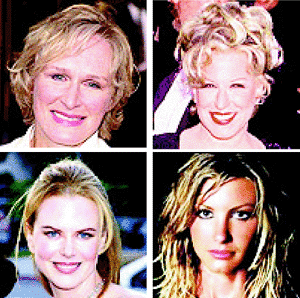
Photo Art: Mr. Sammy Miro
Mister D: Hope everyone who celebrates Easter has a fabulous holiday. If you don’t, then have a fabulous weekend. But many have asked me: “Mister D, Mister D, what is the story of Easter?” And so I googled it as anyone in their right mind would do and this is what I found:
The Story of EASTER:
Easter is a time of springtime festivals. In Christian countries Easter is celebrated as the religious holiday commemorating the resurrection of Jesus Christ, the son of God. But the celebrations of Easter have many customs and legends that are pagan in origin and have nothing to do with Christianity
Scholars, accepting the derivation proposed by the 8th-century English scholar St. Bede, believe the name Easter is thought to come from the Scandinavian “Ostra” and the Teutonic “Ostern” or “Eastre,” both Goddesses of mythology signifying spring and fertility whose festival was celebrated on the day of the vernal equinox
Traditions associated with the festival survive in the Easter rabbit, a symbol of fertility, and in colored easter eggs, originally painted with bright colors to represent the sunlight of spring, and used in Easter-egg rolling contests or given as gifts
The Christian celebration of Easter embodies a number of converging traditions with emphasis on the relation of Easter to the Jewish festival of Passover, or Pesach, from which is derived Pasch, another name used by Europeans for Easter. Passover is an important feast in the Jewish calendar which is celebrated for 8 days and commemorates the flight and freedom of the Israelites from slavery in Egypt
The early Christians, many of whom were of Jewish origin, were brought up in the Hebrew tradition and regarded Easter as a new feature of the Passover festival, a commemoration of the advent of the Messiah as foretold by the prophets. (For more information please visit our Passover celebration – Passover on the Net)
Easter is observed by the churches of the West on the first Sunday following the full moon that occurs on or following the spring equinox (March 2I). So Easter became a “movable” feast which can occur as early as March 22 or as late as April 25
Christian churches in the East which were closer to the birthplace of the new religion and in which old traditions were strong, observe Easter according to the date of the Passover festival
Easter is at the end of the Lenten season, which covers a forty-six-day period that begins on Ash Wednesday and ends with Easter. The Lenten season itself comprises forty days, as the six Sundays in Lent are not actually a part of Lent. Sundays are considered a commemoration of Easter Sunday and have always been excluded from the Lenten fast. The Lenten season is a period of penitence in preparation for the highest festival of the church year, Easter
Holy Week, the last week of Lent, begins its with the observance of Palm Sunday. Palm Sunday takes its name from Jesus’ triumphal entry into Jerusalem where the crowds laid palms at his feet. Holy Thursday commemorates the Last Supper, which was held the evening before the Crucifixion. Friday in Holy Week is the anniversary of the Crufixion, the day that Christ was crucified and died on the cross
Holy week and the Lenten season end with Easter Sunday, the day of resurrection of Jesus Christ






